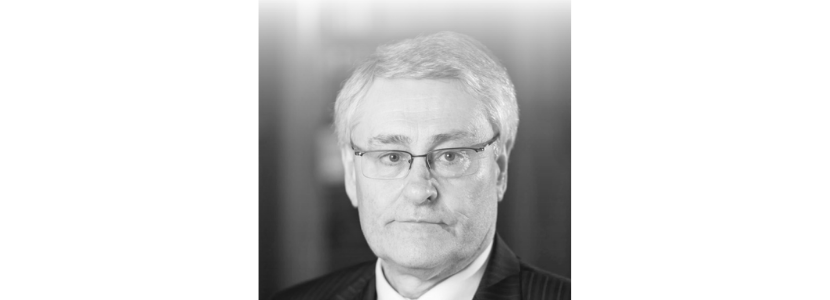Contenido disponible en: العربية (Arabic)
“We have to keep moving”
“There’s a strong need to show to the world that professional poultry production truly contributes to feeding the world population. For that reason
the international Poultry Council (IPC) plays an important role to make this possible”, says IPC President Robin Horel.
Understanding the necessity of international cooperation, IPC was founded in 2005 as a relatively small organization. It started with member associations from 11
countries across the globe. Its objective was to share common objectives between these member countries and to be the voice of the global poultry industry.
“We certainly managed to reach our goals during the years thereafter”, says Horel. “Nowadays we have 33 member countries and 58 associate members, all having a strong link with either the domestic or global poultry industry. Our associate members range from suppliers to the industry, to food processing companies and distributors & customers.
From the relatively small organization in 2005, IPC grew up till its current size, representing 88 percent of the world’s commercial poultry production and 95 percent of global poultry meat trade.
“We may proudly say that this is quite an achievement, making IPC a relevant body in the world’s food production. We are fully recognized by important global public organizations such as FAO, OIE and Codex Alimentarius.”
“Looking ahead, we need to be transparent to the consumer”, Horel continues. “Tell the story about the value of healthy and safe food from poultry origin. Most consumers are a long way removed from farming. We would love to take consumers inside our breeder and broiler houses, as well as into processing plants and show to them the reality and professionalism behind the scenes.
“Of course this is impossible, first of all because of biosecurity restrictions, but also for practical reasons. It makes clear however that we feel the need to communicate our message to the public. And create trust.”
Keep up to date with our newsletters
Receive the magazine for free in digital version REGISTRATION ACCESS
YOUR ACCOUNT LOGIN Lost your password?

